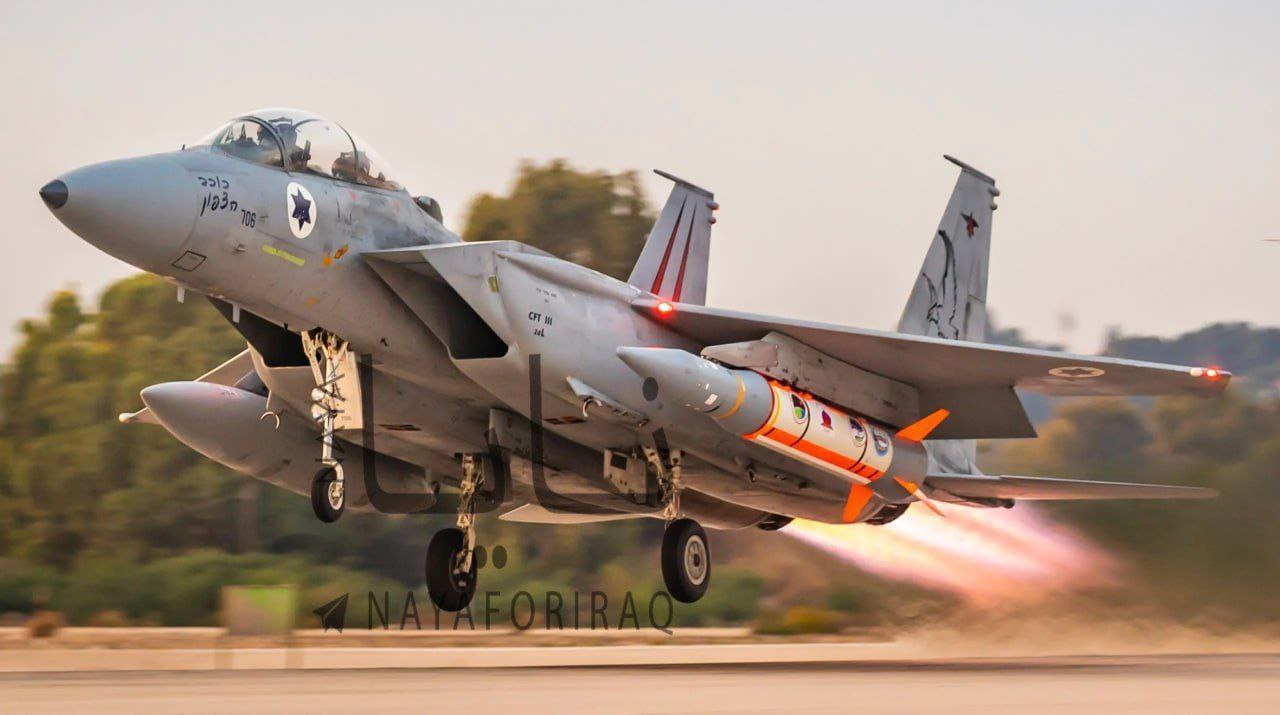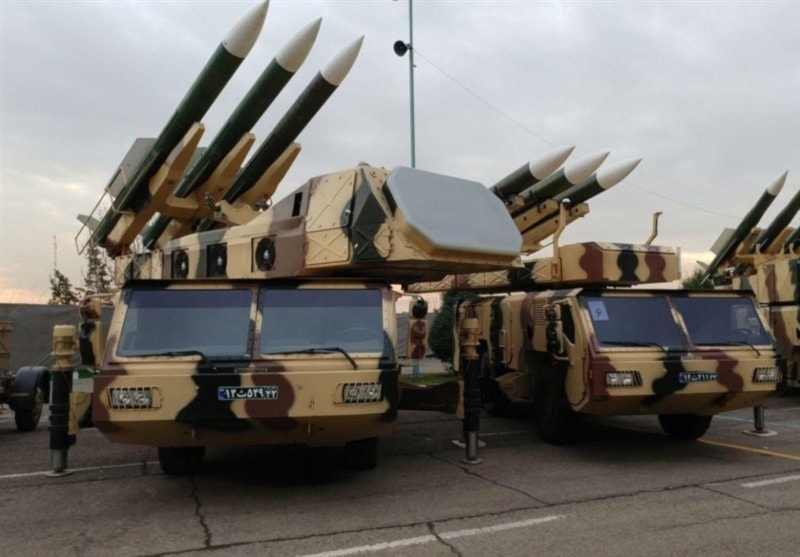Israeli Airstrike Falters as F-35 Adir Locked On by Iranian Air Defense Radar
Recent intelligence from Israel reveals that the primary reason for the "limited impact" of Israel's airstrikes on Iran on October 25 and 26 was due to the capabilities of Iran’s air defense systems. Reports indicate that Iran’s air defenses successfully thwarted the Israeli fighter jets’ aerial assault.
(DEFENCE SECURITY ASIA) – On October 25 and 26, Israel launched airstrikes targeting key military sites in Iran in response to Tehran’s launch of over 200 ballistic missiles directed at the Jewish state.
However, international analysts report that the impact of Israel’s airstrikes was highly limited, with only minor damage sustained at the targeted military sites due to the air-launched ballistic missile strikes.
The limited nature of Israel’s airstrikes—reportedly involving around 100 advanced fighter jets from Tel Aviv—has puzzled analysts, with many speculating on the “failure” of Tel Aviv to inflict widespread destruction on Iran.
Some in Israel and the United States argue that Israel deliberately conducted a “limited airstrike” on Iran, allegedly due to Washington’s influence, as the U.S. sought to prevent the conflict between Tehran and Tel Aviv from escalating, especially with the U.S. presidential election only weeks away.
Leaked intelligence from U.S. agencies, including the National Security Agency (NSA) and the National Geospatial-Intelligence Agency, reportedly impacted the scale of Israel’s planned airstrikes.

Recently, however, Israeli intelligence has pointed to Iran’s air defense capabilities as the primary reason behind the limited impact of Israel’s strikes on October 25 and 26.
Iran’s air defense systems reportedly succeeded in thwarting the Israeli fighter jets’ attack.
“Reports from Israel indicate that Israeli Air Force’s F-35 ‘Adir’ stealth fighters were ‘locked on’ by Iran’s air defense radar while they were still in Iraqi airspace, en route to Iran’s border,” stated one intelligence source.
“At that moment, the Israeli stealth aircraft were several hundred kilometers from the Iraq-Iran border.”
Israeli intelligence sources report that Russian and Iranian-made air defense systems could target the Israeli fighters at great distances, potentially intercepting them well outside Tehran’s airspace.

“The Israeli fighters may have been hundreds of miles from pre-identified targets within Iran, near the maximum range of the air-launched ballistic missiles (ALBM) ‘Rocks’ and ‘Blue Sparrow,’ which were intended to neutralize Iran’s air defense radar sites,” the report added.
Iran’s radar capabilities in detecting Israel’s stealth fighters reportedly caught the Israeli Air Force by surprise, compelling them to launch missiles prematurely and retreat.
“It was shocking for Israel, forcing them to launch the ALBM before reaching the optimal position initially planned, and then return to Israeli airspace,” according to the Israeli intelligence report.
This incident marked the first time Iran or Russia’s air defense radar systems had ‘locked on’ to Israeli F-35 ‘Adir’ stealth fighters, surprising Israeli military leadership.

Russia’s S-300 system, operated by Iran, alongside other domestically developed Iranian defense systems, demonstrated their capability in countering an Israeli stealth fighter attack.
In April, it is reported that Russia and Iran mapped Israel’s entire air defense network, enabling Tehran to launch a ballistic missile attack on Israel—a strike widely regarded as highly effective. – DSA



Comments are closed.